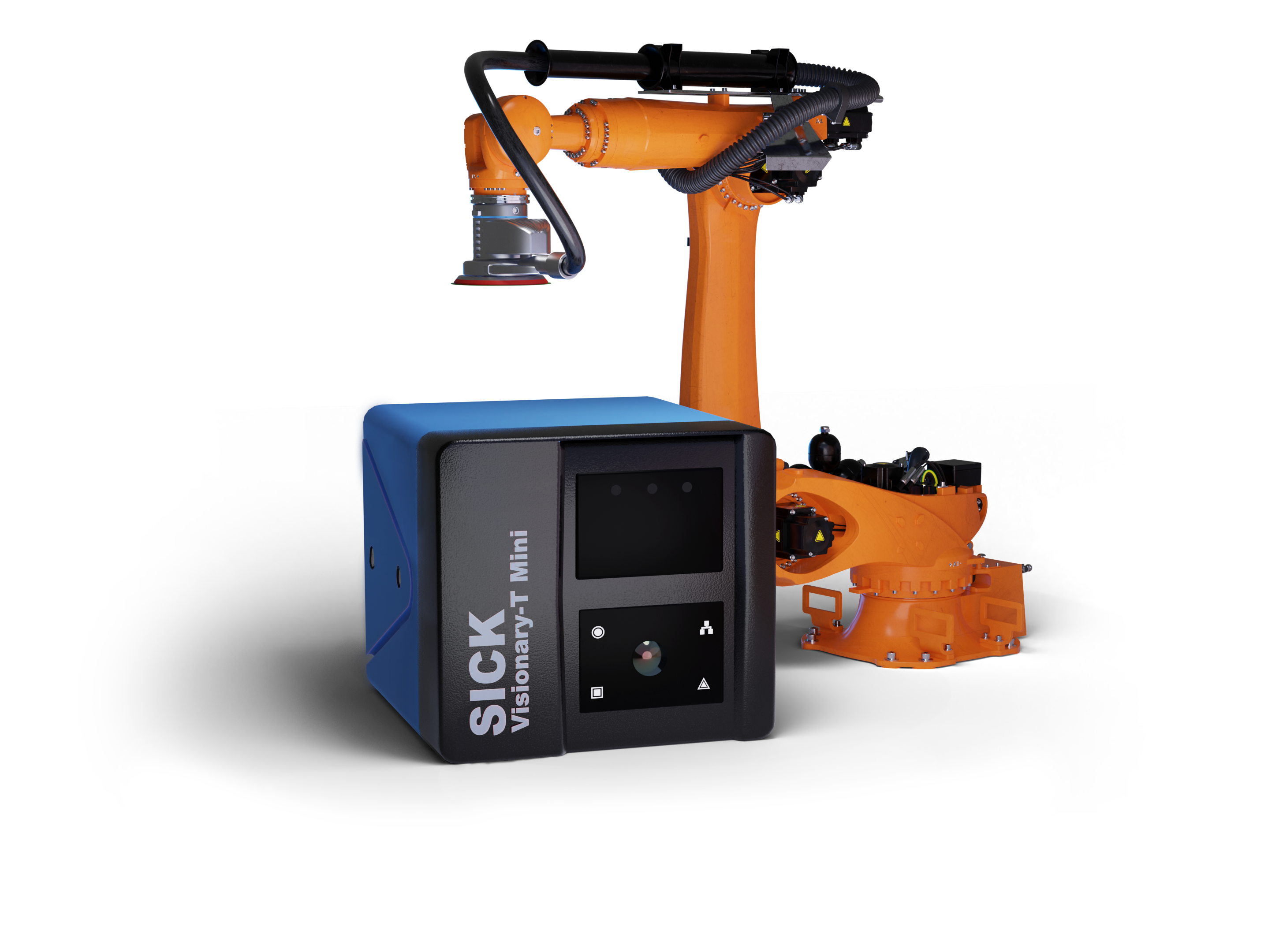
As the warehousing and logistics sectors evolve, AI is becoming more than just a technological upgrade, it is a strategic necessity. From enhancing operational efficiency to improving workplace safety (add link to our previous article), AI offers transformative benefits that support both business outcomes and workforce well-being.
The shift is already underway. According to recent data, over 80% of businesses have embraced AI in some form, recognizing it as a core technology in their operations. In 2023 alone, 92.1% of firms reported tangible benefits from their use of AI (source).
Yet, while the potential is clear, execution can be challenging. 76% of decision-makers report struggling with AI implementation (source), highlighting the need for a clear, thoughtful approach. This article outlines the essential considerations and pitfalls to avoid when preparing to introduce AI in your facility.
Before diving into technology selection or deployment, a successful AI project starts with a realistic assessment of your current environment, both technical and human.
The foundation of AI success lies in your facility’s ability to support it. Start with an infrastructure audit. Are your existing systems ready to integrate with AI solutions? Can your processes accommodate real-time data capture and decision-making?
Equally important is data quality. AI thrives on structured, high-quality data. Inconsistent or incomplete datasets will undermine performance and delay results. Preparing your data ecosystem in advance will significantly smooth the path to deployment.
Implementing AI is not just a technical shift. It is also a human one. Change can raise concerns, especially when employees worry about job security or shifting responsibilities. The most effective AI adoption strategies include transparent communication, early involvement of staff, and clear explanations of how roles will evolve rather than disappear.
Framing AI as a tool for support rather than replacement is critical. Intelligent automation enhances employee safety, reduces physical strain, and allows for the development of new technical skills in areas like system monitoring or data interpretation. When teams are involved from the planning phase, acceptance and adoption tend to follow naturally.
One of the most decisive factors in any AI project is alignment between the selected solution and the operational challenge at hand. It is important to work with partners who understand the specific demands of industrial environments, particularly when dealing with unstructured data such as 3D sensor inputs or mixed-object scenarios.
The best implementations start with clearly defined use cases, a limited scope proof of concept, and performance criteria such as precision, speed, or uptime. This ensures measurable progress while minimizing disruption to existing workflows.
Despite good intentions, many AI initiatives fall short due to avoidable missteps. Here are three of the most common:
AI is as much about people as it is about machines. Ignoring the human side of transformation, from training to mindset, can stall even the most sophisticated solutions.
AI cannot fix what isn’t clearly defined. Establish concrete goals from the start. Whether your aim is to reduce picking times, improve accuracy, or lower downtime, tie your AI deployment to measurable KPIs.
AI performs best when introduced with focus. Launching a small-scale pilot or proof of concept allows teams to refine workflows, identify issues, and build confidence before scaling up to full deployment.
When implemented correctly, AI delivers benefits that span across operations, finance, and HR.
In warehousing, they can speed up sorting, picking, and depalletizing tasks by combining computer vision with real-time decision-making. In manufacturing, they support predictive maintenance by analyzing sensor data to anticipate faults before they occur.
These improvements lead to higher efficiency, lower error rates, and reduced operational costs. On the human side, automation helps create safer working environments and opens new avenues for career development. Rather than competing with human skills, AI complements them, enabling organizations to make better use of both people and machines.
Introducing AI into your facility is not about quick wins. It is about building a foundation for long-term resilience and innovation. With careful planning, realistic expectations, and the right technical approach, AI can help organizations unlock operational efficiencies while strengthening the role of human workers.
In an increasingly competitive and automated landscape, that combination is more than desirable. It is essential.
At Data Spree, we specialize in AI-powered computer vision solutions for industrial automation. Our core expertise lies in deep learning, image processing, and the evaluation of complex sensor data such as 3D point clouds. From use case identification to system deployment, we deliver tailored algorithms for classification, object detection, and tracking, helping you turn real-world data into reliable, high-performance solutions.
Our end-to-end support ensures your AI project moves from concept to production smoothly, with measurable impact and scalable results.
Let’s talk about how we can help bring AI to your facility, and make it work for your team.